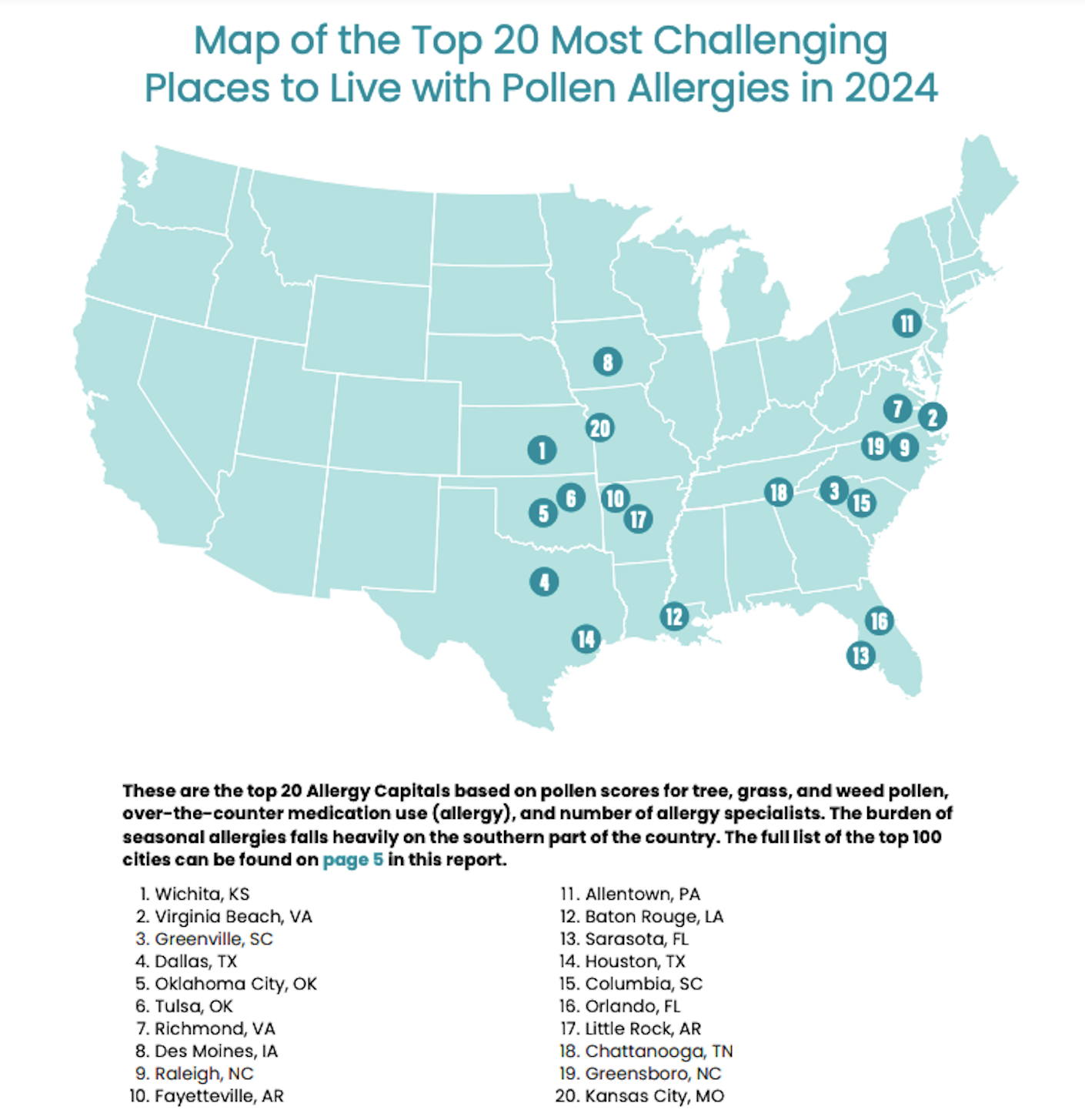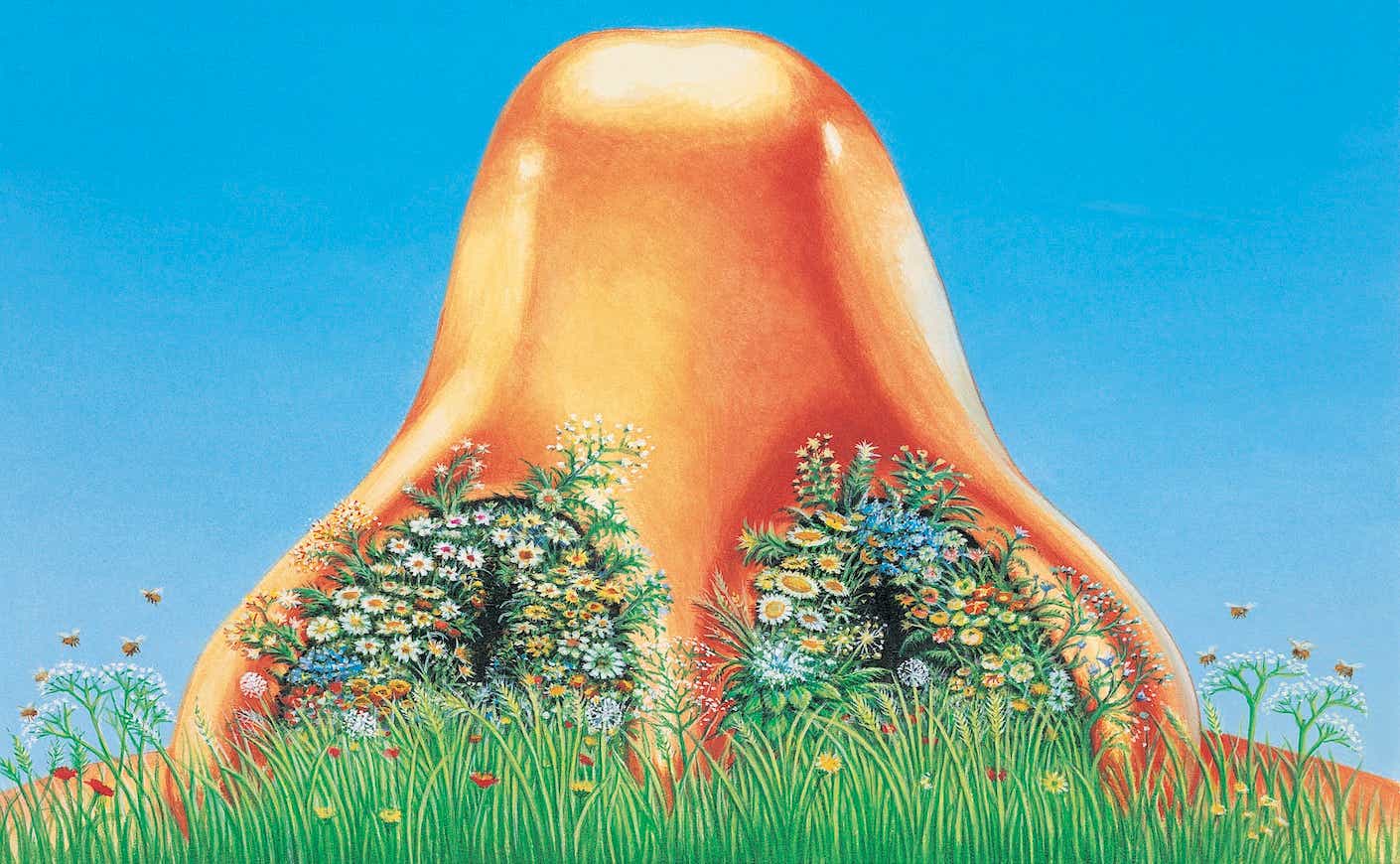Summer is in our sights, and your nearest and dearest are likely beginning to organize park picnics, backyard barbecues, and all the other spectacular outdoor events that remind us why life is worth living. The only trouble is that — for some of us — these carefree, picturesque antics can easily be ruined by pollen.
If you experience symptoms like a runny nose, stuffiness, sneezing, itchy eyes, or skin rashes when you sit outside on a warm spring day, you may have a tree pollen, grass pollen, or weed pollen allergy (hey, you could even be one of the unfortunate few with all three). To help you prepare for your warm weather activities, we’ve found the worst cities for those who deal with these allergies.
The Asthma and Allergy Foundation of America has compiled a ranked list of 100 U.S. cities where you’re most likely to suffer, based on average pollen scores (tree, grass, or weed). They’ve also factored in availability of board-certified allergists and immunologists and evaluated factors like average over-the-counter allergy medicine use in each area.
If you see that your city isn’t so kind to the allergy-prone, we’re sad to say that might not change soon. Four of the worst performers on the list were in the exact same spots last year. So if you live in any of the worst cities on this list, you might have to look into some prevention methods and resources for treatment. Don’t shoot the messenger, but you should probably consider wearing long pants to that 4th of July barbecue if you want to avoid ankle hives.
20 Worst Cities for Seasonal Allergies in the U.S.










